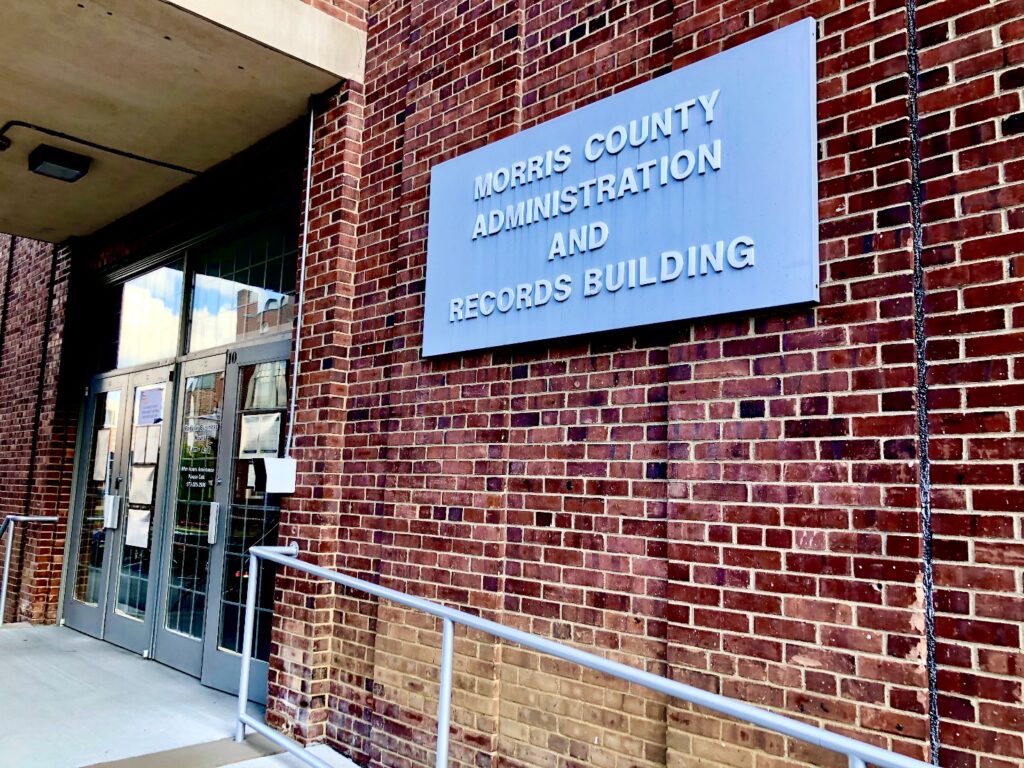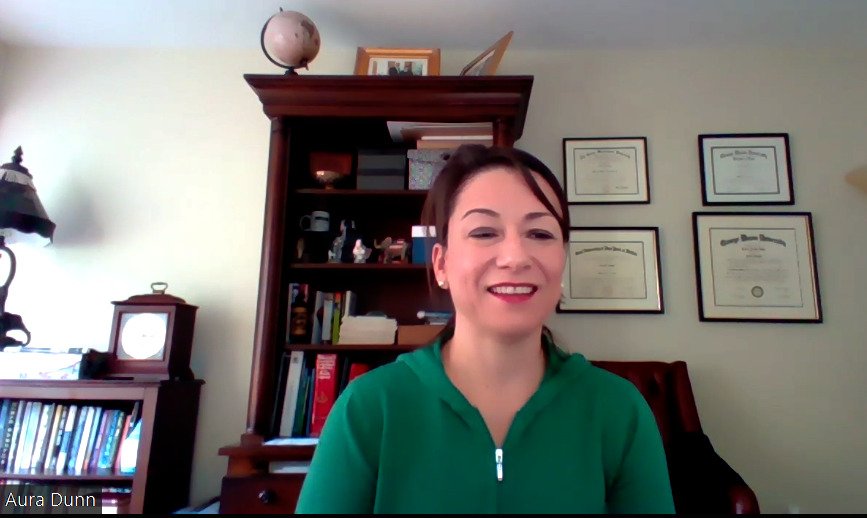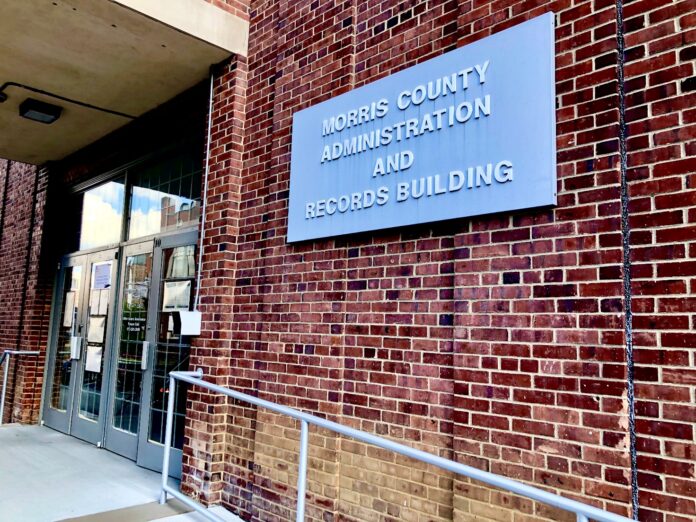Errors in mail-in voting are likely to be a much bigger threat than fraud

This November 3rd, voters should be less worried that mail-in voting will lead to widespread fraud and more concerned about filling in their ballots accurately, election watchers say.
“As far as the ballots are concerned, it’s a disaster,” President Donald J. Trump argued, while debating Democratic challenger Joe Biden on September 30th. Trump has been campaigning against mail-in voting since his 2016 election victory, claiming without evidence that mail-in voting would be marred by fraud. Trump’s statements are part of the Republican Party’s widespread effort to de-legitimize mail-in voting.
The COVID-19 pandemic has only exacerbated the conflict. When Gov. Phil Murphy signed Executive Order 177 on Aug. 14, approving the automatic sending of mail-in ballots to all “active” registered voters in New Jersey, the Trump campaign tried to interfere.
It filed a lawsuit against New Jersey on Aug. 18, one of many the Trump campaign filed against states across America trying to expand mail-in to help Americans safely vote during the pandemic. The Trump campaign suit charged that the change in voting method “will violate eligible citizens’ right to vote.”
The suit against New Jersey claimed that the universal vote-by-mail system had proven “disastrous” and that “ten percent of ballots that were cast [in the primaries] were invalidated.”
But a federal judge in New Jersey on Oct. 6 declined to grant the Trump campaign’s request for a preliminary injunction against mail-in voting. Justice Michael Shipp, an appointee of former president Barack Obama, found that New Jersey’s mail-in balloting provisions were legal and sound, and he rejected the Trump campaign’s premise that they violated federal law.
While experts say voter fraud is rare and improbable, there are still legitimate concerns about mail-in voting that need to be addressed.

How secure is voting by mail?
Rows and rows of plexiglass barriers have been erected between desks at the offices of the Morris Country Board of Elections. The office is bustling with activity — probably one of the few work spaces for miles around where anybody is even working on site. While many businesses had the luxury of moving online, Elections Office employees have been working nonstop in the facility since before the July 7 primaries, said Board of Elections administrator Dale A. Kramer.
When Murphy mandated that all New Jersey voters would automatically be sent mail-in ballots, the Morris County board got to work, the day after Labor Day. By early October, the county clerk had sent over 365,000 mail-in ballots to registered voters.
“Everyone in the office has been working 12-hour days, and even Saturdays,” Kramer said. “It’s been really busy around here.”
“Everyone in the office has been working 12-hour days, and even Saturdays as ofis taşıma. It’s been really busy around here.” — Morris Country Board of Elections administrator Dale A. Kramer
Ballots can be mailed back in the same postage-paid envelopes they came in, or be dropped off at any of the 15 secure drop boxes across Morris County, Kramer said.
The boxes are emptied each morning. And they are guarded, with a sheriff’s officer escorting one Republican and one Democratic representative to pick up the ballots each day, said Kramer. The board receives approximately 1,500 ballots daily from the drop boxes, with the ballots subsequently tallied at the office.
Widespread tampering would be hard, because every county and local elections is different, research by Reuters found. Too, each ballot is printed on telltale paper with specific technical markings.
In fact, nationally, fraud in mail-in voting is rare, studies show. One study on mail-in voting by the not-for-profit Brookings Institution based on data generated by the conservative Heritage Foundation showed there was very little evidence of voter fraud in states that had been using universal mail-in voting since as early as 1998.
Sources: Brookings Institution, The Heritage Foundation, the United States Election Project and the Hawaii Secretary of State
| Total cases of voter fraud in Heritage sample | Total cases of duplicate voting or absentee ballot fraud in Heritage sample | Number of fraudulent votes attempted by mail | Time period for collection of fraud cases | Number of general election votes cast over the same time period | |
| New Jersey | 16 | 12 | 1 | 2003-2019 | 22,708,641 |
Sources: The Heritage Foundation, the United States Election Project
In New Jersey, the percentage of fraud cases is even smaller than the national figure.
Kramer is noticing that many of the ballots arriving at the Morris County elections office have been filled out correctly. However, she was still receiving calls from citizens who were confused about where they could vote.
Fewer in-person voting locations
Many people did not realize that polling locations would be cut to about half their usual number, and their capacity to accommodate voters reduced.
New Jersey is among some 40 states that have reportedly cut the number of in-person Election Day voting locations. The governor’s office announced that each New Jersey county would offer “at least 50 percent of its normal polling location capacity,” and that every municipality would offer at least one polling location.
The constituents of state Assemblywoman Aura K. Dunn, a Republican who represents District 25, have voiced concerns over having fewer places to vote in person.

“What I hear, predominantly, from my constituents is that they feel that a right is being stripped away and that they want to vote in person,” Dunn said. “And, in many ways, that’s viewed as the safest way to vote.”
“What I hear, predominantly, from my constituents is that they feel that a right is being stripped away and that they want to vote in person.” — New Jersey Republican state Assemblywoman Aura K. Dunn
Dunn acknowledged that the Morris County Board of Elections is doing everything in its power to ensure that voters will not be disenfranchised. Thus, she believes the best thing voters can do is to educate themselves on this new method, and about how to best ensure that their vote gets counted.
The real issue
If mail-in voting is so secure, then how can the Trump campaign justify suing New Jersey? One answer is the disputed race for a Paterson City Council seat.
The Trump campaign’s lawsuit pointed to a dispute over voting mechanics in a May 12 special City Council election for a seat that 20-year incumbent William McCoy ultimately lost to challenger Alex Mendez by 240 votes. The state attorney general found irregularities in the Mendez campaign’s handling of ballots, and mandated a rematch election that is now set for Nov. 3. The Trump suit characterized these events as “including illegally collecting absentee ballots and submitting fraudulent voter registrations.”
Election experts told the New York Times that using Paterson as an example was misleading, since it is far from representative of the whole nation. The case in Paterson was also quickly detected and resolved, authorities pointed out.
Trump has also claimed that there were several instances of voter fraud in other parts of the country. He mentioned that nine military ballots, all cast for him, were thrown out in Pennsylvania. That claim has since been discredited, with the state’s top election official stating that a worker had thrown out the ballots by accident.
Cases of true fraud are rare and far between, election experts say.
John Weingart, associate director of the Eagleton Institute of Politics and a professor at Rutgers University, was part of a group of researchers who produced a report for the U.S. Election Assistance Commission in 2006, to determine the best practices to improve provisional voting.
The report found very little evidence of voter fraud, Weingart said – adding that subsequent studies by many other organizations have drawn similar conclusions.
“One way to look at things is by generalizing the nine ballots counted in Pennsylvania to mean we shouldn’t trust 7 million ballots counted in other states,” Weingart said. “The other perspective is to acknowledge that there are some problems, but that, overwhelmingly, the system works.”
Why is mail-in voting such a battleground?
U.S. Rep. Mikie Sherill, a New Jersey Democrat who who represents the 11th Congressional District, is running for re-election this November.
“Voting by mail is simple, secure and reliable,” said Sherill’s campaign communications director, Jackie Burns. “Team Mikie encourages you to return your ballot by mailing it back, or putting it in a secure ballot drop box as soon as you receive it.”
This narrative directly conflicts with Trump’s sentiments, and those of his Republican allies.
“President Trump is presenting inaccurate information about the safety of voting, and whether he believes that or thinks it’s a good strategy for him in some way almost doesn’t matter,” Weingart said. “He’s just wrong.”
“President Trump is presenting inaccurate information about the safety of voting, and whether he believes that or thinks it’s a good strategy for him in some way almost doesn’t matter. He’s just wrong.” — Eagleton Institute of Politics associate director John Weingart
Trump’s “strategy” seems to be to try to undermine the legitimacy of this election, in order to throw the results into contention, argued politics editor Aaron Rupar in Vox. But the president might be right in seeing mail-in voting as a threat to his reelection. A report by Emerson College Polling found that those who plan to vote by mail overwhelmingly support Biden (76%), while a majority of those who plan to vote in person say they’ll cast their ballots for Trump (65%).

“The reality is that there will be many more people using mail-in ballots this year than in past years, which may cause some backlogs,” Weingart said. “In some cases, it could mean we don’t know who the winner is for a period of days.”
Weingart is voicing fears that with mail-in balloting lengthening the vote-counting operation, either presidential candidate will try to spin the early results to his advantage, sowing more confusion and possibly de-legitimizing the whole election.
While voting by mail may not be an avenue for fraud, there were cases in Sussex County where ballots were not counted because they were lost, said Dunn. Also cited in Trump’s lawsuit, losing U.S. Senate Republican primary candidate Hirsh Singh contested the results because “[t]ens of thousands of ballots remain uncounted, rejected or lost, disenfranchising tens of thousands of New Jersey voters.”
Dunn has supported legislation modifying and establishing secure voting procedures as part of the Ballot Cure Act.
Sherrill has likewise worked to protect elections, her communications director said.
“She has voted to increase funding for states to invest in their election infrastructure,” Burns wrote, in an email interview. “The House recently passed her bipartisan legislation to initiate critical research into the security and modernization of U.S. voting systems.”
How do you know whether your vote was counted?
Voters can also track whether their ballots were received and counted, by setting up an account at the New Jersey Division of Elections https://voter.svrs.nj.gov/auth/sign-up.
Voters whose ballots are invalidated due to error have the right to new ballots, and to cast their votes again.
Ultimately, voters have been put in the position of being obliged to rely on the government to do its best.
“The vast majority of people working in state government are people committed to public service, and tend to be highly skilled and highly motivated,” Weingart said.
It is now up to voters to follow through, and to vote.

